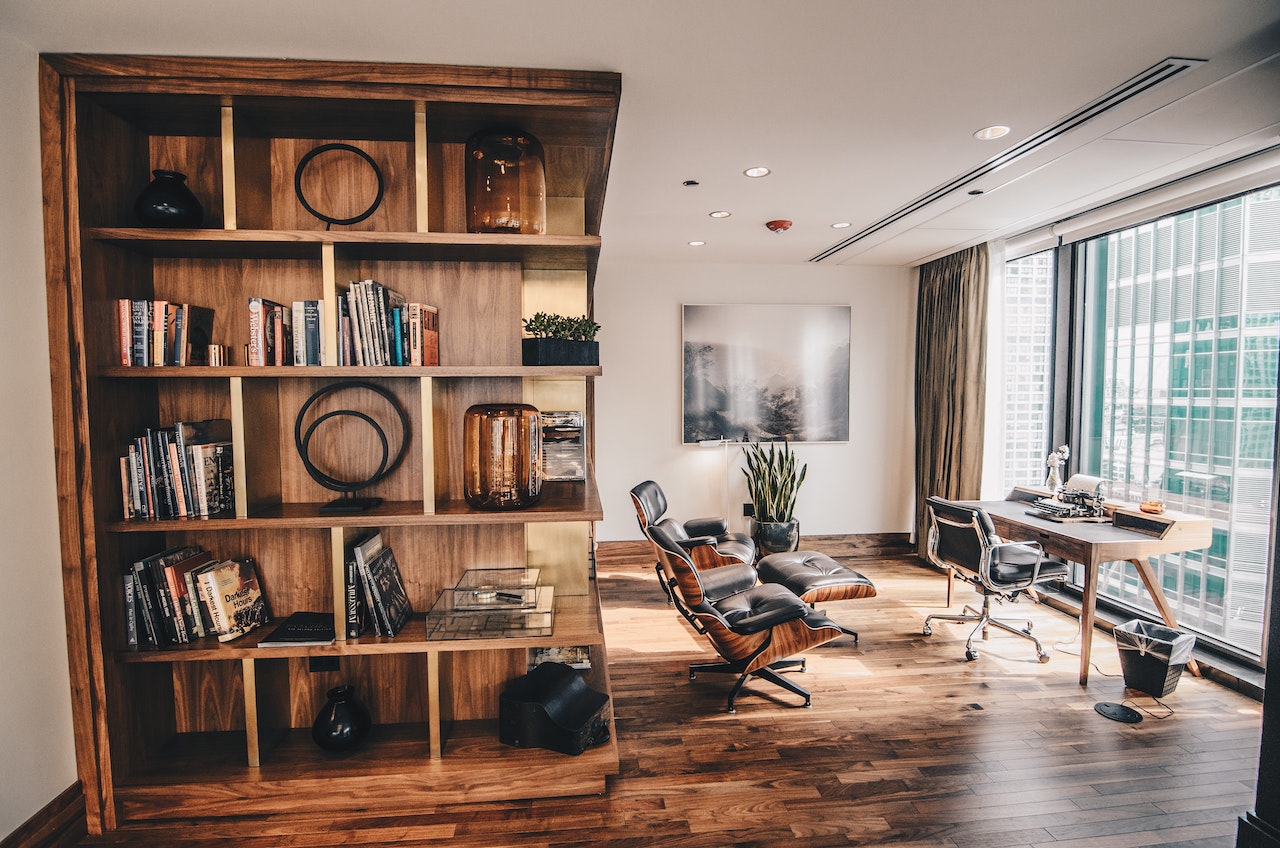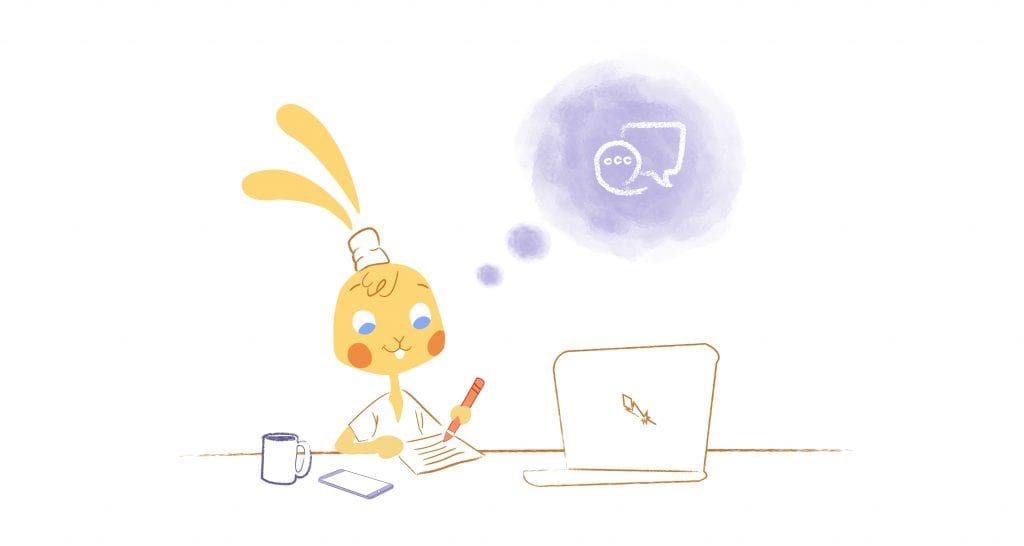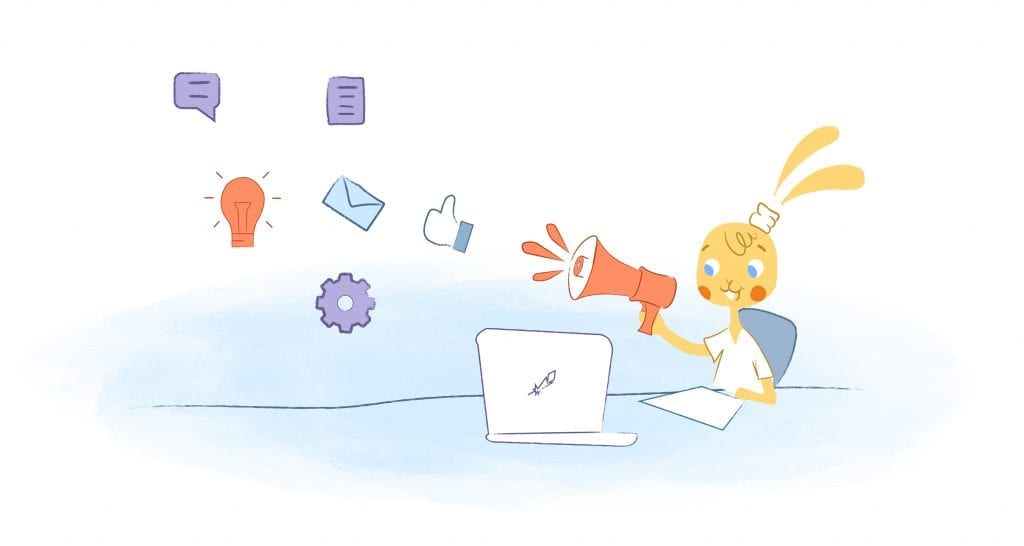

The time has come for you to redesign your home office, but how do you go about it? It can be challenging to picture the room differently after spending so much time in its current arrangement. So instead, think about concepts and tactics you’ve learned to increase your own productivity and try applying them to your design plan. With these ideas in mind, here are eight tips for redecorating your home office for the sake of productivity.
1. Remove Sources of Excessive Input and Distraction
First and foremost, you want to minimize visual distractions that can get in the way of your focus. Do you often find yourself looking through nearby books or getting lost in the painting on the wall? Maybe you have a calendar or note board that draws your eye more than it helps you. When redecorating, you want to ensure the room is nice without taking you away from your responsibilities.
If you tend to fidget, keeping a stress ball or fidget toy nearby will provide a beneficial source of input. The key to these objects is that they are fairly mindless and don’t take your brain away from anything important. So look for nearby objects, or make purchases, that help in this regard — and remove those that draw too much focus. As you research, you’ll discover the perfect input range you need to fidget without it endangering your work ethic.
2. Consider the Color Scheme & Theme
Even the color scheme of the room, including walls, floors, and ceiling, can psychologically affect your workflow. It can be a simple distraction that draws your eye away from work or a catalyst for disadvantageous moods. For an extreme example, consider working in an environment surrounded by autumnal colors as if you’re in a forest cabin. How would your productivity change if you were instead in a life-sized dollhouse filled with bright pinks and primary colors?
It’s more challenging to begin the day with confidence in a room painted black and gray than in a freshly painted white room. Even if it seems like it won’t really matter, it certainly can — so don’t hesitate to explore your color options. And don’t be afraid to go wild, either, if it aids you in a smoother transition to your work mindset. Some people prefer rooms devoid of any distractions, while others work best with pictures and objects all over the walls.
3. Use Vertical Storage
Don’t fret about redecorating if you have a lot of stuff that needs storing. While having all of it out can definitely tone down the effect of a good redecoration, it doesn’t have to, and this is where vertical storage comes in. Maybe you can’t fit all your bric-a-brac into drawers or hide them away, but you can make them look nicer.
No matter how tight the space is, you can find storage by hanging up instead of overstuffing your desk drawers. You can, for example, install vertical cabinets on each wall that align with your aesthetic goals. For a more open feel, perhaps you could install shelves instead and display your knick-knacks proudly. It’ll save a lot of space and leave you feeling less claustrophobic despite having the same amount of stuff.
4. Find a Supportive Chair
None of this really matters too much if your immediate comfort, such as your office chair, isn’t the right one for you. You want to put in a chair that allows sitting for long periods without discomfort or pain. Just like a mattress, which you use for one-third of your life, a pleasant chair is necessary for long stretches. Find a chair that fits your desk, supports your muscles and can endure long stretches of use.
Consider how you act while sitting and working to ensure you have a chair that aids productivity. A swivel chair with wheels is your best bet for work that requires a lot of movement throughout the room. You might also want one with adjustable height, strong back support, or one that stays in one place. However, don’t skimp out on your office chair, or you might negate the effect of everything else you’ve done.
5. Get the Right Desk With the Right Height
Similarly, don’t forget about the desk either — it’s your primary workspace item and should be convenient to use. Think about how much space you need for papers and notebooks in front of you. Would you prefer to keep it small, simple, or filled with drawers and compartments? If you choose to purchase a desk with drawers, it provides the opportunity for even more vertical storage as well.
Sitting all day may not be ideal, so a standing desk will help you stay on your feet. Desks that are adjustable are likely the one of choice for most people if you’re somewhere in the middle. Other desk options include corner desks, tabletops, shutter desks, or anything made of almost any material you need. But ultimately, your desk is your best friend, and you want to create the perfect battle station.
6. Purchase Organization Supplies
File organizers, paper trays, and utensil holders can all make your desk a little bit less messy. They help by creating a specific spot for the relevant objects to go and condensing them together. If you often get tangled in wires, for instance, you can stick a wire organizer on the wall. This will separate them and keep them off the floor, preventing trip hazards and organizing them by type.
Bookshelves are great at preventing books from piling up around the room, as are filing cabinets for essential papers. Invest in a label maker, and you’ll be able to label different boxes and drawers for specific objects. Whatever your work entails, research online to see what others like you use for their tools and supplies. Then you’ll have good information for things you could use that you might not have thought of otherwise.
7. Change the Lighting
The room’s lighting can affect how you feel about it and in it psychologically. That’s why lighting is such an important factor when people are looking to purchase or rent a new home. Even if you’ve designed the room to be comfortable and cozy, it can get stuffy and isolating without natural light. Try to include a window if you can, and if you find it distracting, install blinds or curtains.
The overhead lighting in the room, natural light aside, can make or break the vibe you’re looking for. Bluer light bulbs generally make a room feel more like a cubicle or hospital than a cozy workspace. Warmer light bulbs, however, can be just as distracting if too intense — so experiment with different bulbs to find a balance. You can do the same for your desk to ensure you have a light nearby for any close-reading tasks.
Remember that this is your home office, and your productivity needs won’t necessarily be the same as those of others. Consider your personal experience to design a home office that truly resonates with your work ethic. That could mean removing everything you have or filling the room with posters and books. The end result is up to you, so do your best to help yourself shine.
Featured Image Credit: Photo by Karl Solano; Pexels; Thank you!











Howie Jones
My name is Howie and I'm a Customer Success Manager at Calendar. I like to ensure our customers get the best experience using our product. If you have questions email me howie at calendar.com